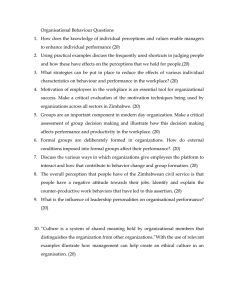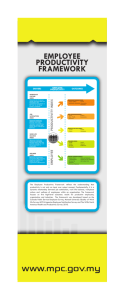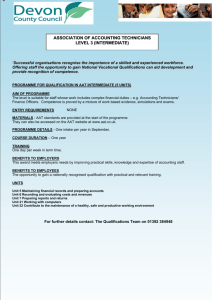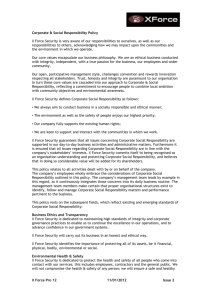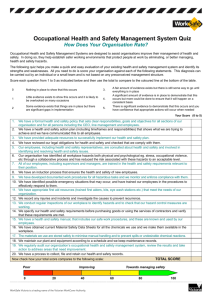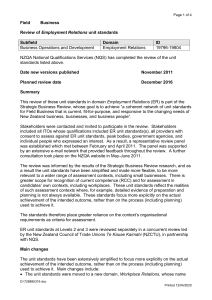Basic Accounting II
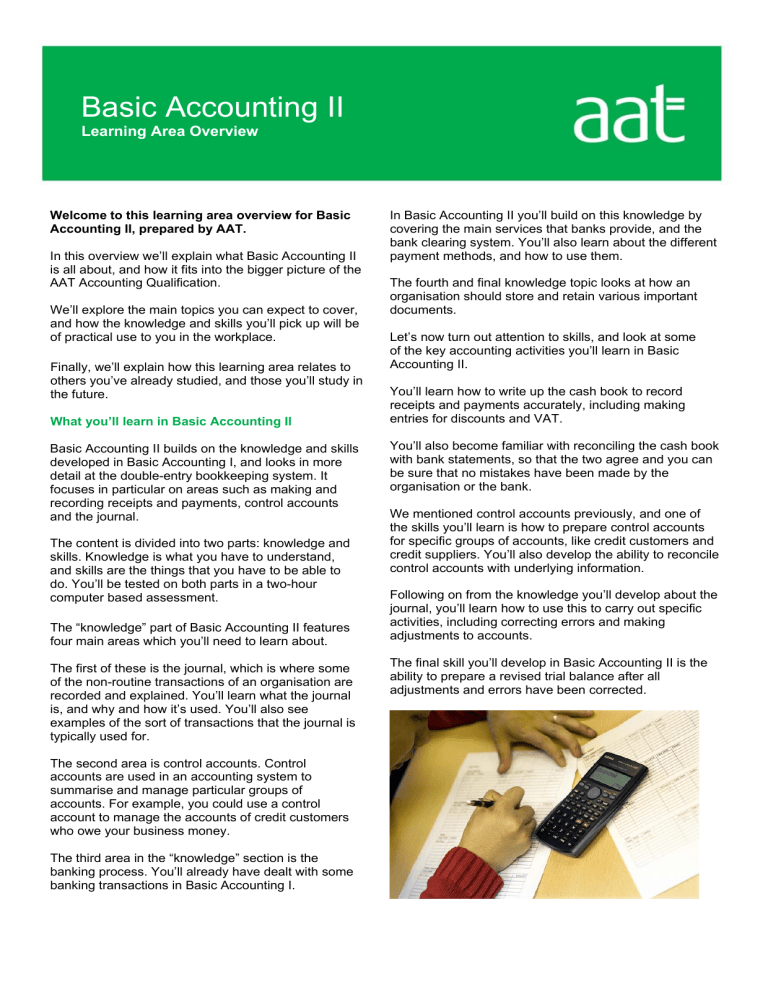
Basic Accounting II
Learning Area Overview
Welcome to this learning area overview for Basic
Accounting II, prepared by AAT.
In this overview we’ll explain what Basic Accounting II is all about, and how it fits into the bigger picture of the
AAT Accounting Qualification.
We’ll explore the main topics you can expect to cover, and how the knowledge and skills you’ll pick up will be of practical use to you in the workplace.
Finally, we’ll explain how this learning area relates to others you’ve already studied, and those you’ll study in the future.
What you’ll learn in Basic Accounting II
Basic Accounting II builds on the knowledge and skills developed in Basic Accounting I, and looks in more detail at the double-entry bookkeeping system. It focuses in particular on areas such as making and recording receipts and payments, control accounts and the journal.
The content is divided into two parts: knowledge and skills. Knowledge is what you have to understand, and skills are the things that you have to be able to do. You’ll be tested on both parts in a two-hour computer based assessment.
The “knowledge” part of Basic Accounting II features four main areas which you’ll need to learn about.
The first of these is the journal, which is where some of the non-routine transactions of an organisation are recorded and explained. You’ll learn what the journal is, and why and how it’s used. You’ll also see examples of the sort of transactions that the journal is typically used for.
The second area is control accounts. Control accounts are used in an accounting system to summarise and manage particular groups of accounts. For example, you could use a control account to manage the accounts of credit customers who owe your business money.
The third area in the “knowledge” section is the banking process. You’ll already have dealt with some banking transactions in Basic Accounting I.
In Basic Accounting II you’ll build on this knowledge by covering the main services that banks provide, and the bank clearing system. You’ll also learn about the different payment methods, and how to use them.
The fourth and final knowledge topic looks at how an organisation should store and retain various important documents.
Let’s now turn out attention to skills, and look at some of the key accounting activities you’ll learn in Basic
Accounting II.
You’ll learn how to write up the cash book to record receipts and payments accurately, including making entries for discounts and VAT.
You’ll also become familiar with reconciling the cash book with bank statements, so that the two agree and you can be sure that no mistakes have been made by the organisation or the bank.
We mentioned control accounts previously, and one of the skills you’ll learn is how to prepare control accounts for specific groups of accounts, like credit customers and credit suppliers. You’ll also develop the ability to reconcile control accounts with underlying information.
Following on from the knowledge you’ll develop about the journal, you’ll learn how to use this to carry out specific activities, including correcting errors and making adjustments to accounts.
The final skill you’ll develop in Basic Accounting II is the ability to prepare a revised trial balance after all adjustments and errors have been corrected.
How Basic Accounting II will help you in the workplace
The content of this learning area relates very closely to the activities that many accounting technicians will be doing in the workplace at this stage in their careers. It builds on the content that was introduced in Basic
Accounting I, to help you extend your knowledge and skills to new tasks.
If you work for a firm of accountants, what you learn about control accounts and the journal will be especially relevant, since they form the basis of the way the financial accounts of most small clients are prepared.
If you work in the accounts department of either a commercial or public sector organisation, the content of this learning area encompasses topics that involve non-routine tasks that are nonetheless important in the workplace.
You’ll be increasingly likely to have to deal with such tasks as you become more experienced as an accounting technician, so Basic Accounting II will prepare you well for this.
How Basic Accounting II relates to other learning areas
In addition to Basic Accounting II, you’ll need to take four other compulsory learning areas at level 2:
•
•
•
Basic Accounting I
Basic
Computerised
•
Work Effectively in Accounting and Finance.
Students studying Basic Accounting II have usually already completed Basic Accounting I, which is a sensible approach because of the clear link between the two.
Taken together, Basic Accounting I and II will provide you with a solid grounding in the core elements of basic bookkeeping and accounting.
The three other units you’ll study at level 2 are not directly related to Basic Accounting I and II, but they do all share at least some degree of overlap in terms of knowledge and skills. Let’s take a quick look at each of these now.
In Basic Costing, you’ll learn that businesses need accounting systems to record the effects of financial transactions that have already taken place, and processes that can provide management with planning information so that they can keep track of the build-up of future costs.
To carry out the activities covered in Basic Accounting, in many cases you’ll need to use accounting software.
Computerised Accounting is where you’ll develop the skills you need to use this software, so you can think of it as a complement to what you’ll learn while using manual systems in Basic Accounting I and II.
Finally, you’ll also study Work Effectively in Accounting and Finance. This learning area encourages you to develop a range of transferable workplace skills that are essential for all finance professionals, regardless of whether you’re working independently or as part of a team. It covers basic numeracy and literacy skills as well as interpersonal skills, and is designed to work alongside all of the other more technical learning areas at level 2.
Once you’ve achieved level 2, your next step will be to move on to level 3. At this level the knowledge and skills you’ve developed in Basic Accounting I and II are built on in Accounts Preparation I and Accounts Preparation II.
Beyond level 3 there’s also a related learning area at level
4. This is called Financial Statements.
The learning areas at levels 3 and 4 are concerned with financial accounting – that is, the recording, summarising and reporting of financial transactions.
So as you can see, this area is a key part of the AAT
Accounting Qualification. For that reason it’s very important you have a thorough grasp of the topics covered in Basic Accounting II. That way, you’ll be in a good position to pick things up again at the next level.
